This Learn Workbook supports engagement with the Voice and Choice protocol. Created by Julie Rains.
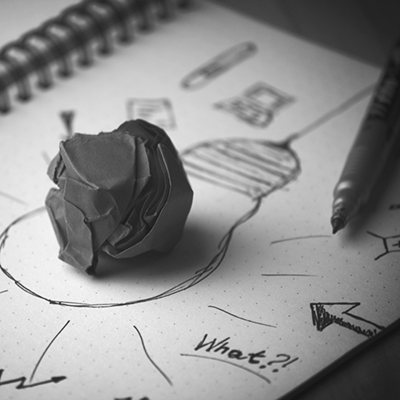
This Learn Workbook supports engagement with the Voice and Choice protocol. Created by Julie Rains.


Inicialmente, essa rotina estimula o pensamento divergente, à medida que os estudantes pensam em novas possibilidades para um objeto ou um sistema; depois, o pensamento convergente é encorajado, à medida que os estudantes decidem a maneira mais eficaz de construir, explorar, re/desenhar ou hackear esse objeto ou esse sistema.
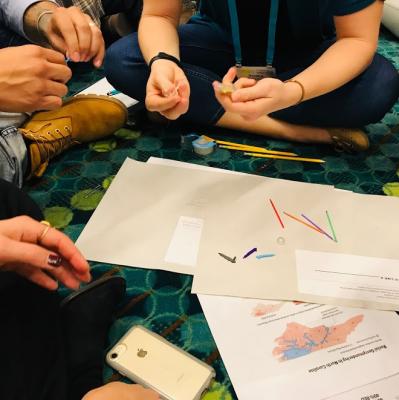
This piece is based on a workshop titled “Taking Apart Racism: Using Maker-Centered Practices to Break Down Systems of Oppression,” led by Jaime Chao Mignano and Mark Perkins at the National Association of Independent Schools People of Color Conference (PoCC).
Like a lot of educators, I want my students to be empowered to impact the world around them. I want them to have social and political agency in a sense that is perfectly aligned with what Agency by Design means by agency—that is, skills and tools in combination with intention and impulse to action. When I task my students with dismantling systems of oppression, how do they know what that means? Do they feel ready to enact it? And how can I be a support?
This was the seed of a workshop for this year’s National Association of Independent Schools People of Color Conference (PoCC), a gathering of thousands of educators from around the United States to explore ideas and share experiences around equity and justice in our schools and lives. My colleague, Mark Perkins (Media and Theater Coordinator), and I wondered what insights we could offer by putting Take Apart practice in service to racial justice education. I was nervous to try to build under the conference throughline “Anti-Racist Teaching Tools” - the stakes felt so high. We had an inkling, though, that combining the enthusiastic engine of taking stuff apart with the resonant act of creating stories that reimagine existing narratives of power could be an important experiment.
Mark and I built a workshop we call “Taking Apart Racism: Using Maker-Centered Practices to Break Down Systems of Oppression.” The heart of the workshop is the idea that looking closely and exploring the complexity of an object can create a bridge of metaphor that helps us understand a system of racial oppression. If we build the connection between these two systems—the system of the object and the system of oppression—then we can see the oppressive system in a new light and probe new possibilities.

Esta rutina primero apoya el pensamiento divergente, a medida que los estudiantes piensan en nuevas posibilidades para un objeto o sistema; luego apoya el pensamiento convergente, a medida que los estudiantes deciden la manera más efectiva para construir, manipular, re/diseñar o alterar un objeto o un sistema.

Thi Bui teaches art and multimedia at Oakland International High School, a public high school for immigrants students’ where command of the English language is one of the last things to be taken for granted.
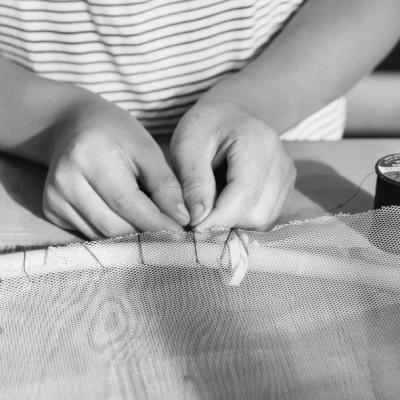
The AbD Making Moves are a set of observable or actionable “moves” that learners and educators can use to help design maker-centered learning experiences, and to support, observe, document, and assess maker-centered learning.
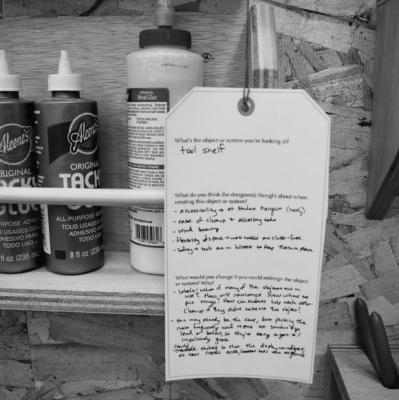
This practice first encourages learners to observe the world around them and look for design, “in the wild,” taking a broad inventory of the designs they notice. Then it asks them to focus in on one object or system to consider the designer’s perspective or to propose redesign ideas.

This thinking routine helps learners slow down and look closely at a system. In doing so, young people are able to situate objects within systems and recognize the various people who participate—directly or indirectly—within a particular system.
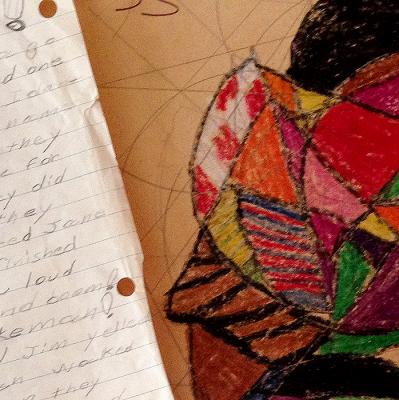
AbD researcher Jessica Ross elaborates on her role in the Open Portfolio Project by asking the question: What advice can we offer young makers as they document their making throughout their lifetimes?